The rapid rate of urbanization in the Indian market has led to an increase in the need for residential and commercial development across the nation, which has in turn sped up the market for ceramic tiles in the country.
indian ceramic tiles in uae
The revival and growth of the construction industry are significant factors that are driving up demand for ceramic tiles in India, which has been one of the primary drivers of this demand. The high level of demand for both residential and commercial construction is having a significant impact on the growth of the ceramic tile market in India. The absolute number of people living in India’s cities is on the rise, and stable democracy and rising middle-class wages are largely responsible for this trend. When making ceramic tiles, natural clay, water, and sand are combined, and the resulting product is shaped into either a rectangle or a square mold. These tiles are then subjected to additional heating in a kiln so that the moisture can be evaporated. Patios, lanais, decks, walls, and tabletop surfaces are just some of the many commercial and residential applications for these materials because of their durability and low maintenance requirements. They are frequently made available as floor tiles and glazed ceramic tiles, both of which offer an appealing appearance at a price that is more than reasonable. The most important factor driving the market right now is the rapid growth of the building industry in India. Therefore, the numerous programs and investments made by the Government of India (GOI) to encourage the growth of infrastructure are contributing to the rise of the industry. For instance, the implementation of the Pradhan Mantri Awas Yojana by the government of India has encouraged the use of ceramic tiles. This program’s primary objective is to provide economically disadvantaged families and beneficiaries located throughout the country with access to affordable housing. 
indian ceramic tiles manufacturers
One illustration of the signific ant amount of capital that large businesses in India are devoting to research and development of new products is the production of ceramic tiles that do not harbor bacteria, do not slip and fall, and do not scratch easily. This is a factor that contributes to the market’s growth. There are a number of additional factors that are contributing to the growth of the market across the country. These factors include the rising levels of disposable income among the general population as well as the growing preference for contemporary living spaces in the home that include appealing flooring options. Ceramic tiles are quickly becoming the most popular alternative for wall and floor tiles in India, making them the most up-to-date and “in” building material for residential construction in the country. Why are ceramic tiles the go-to material for residential consumers, interior designers, and architects across the country? What sets them apart from the others? One of the distinctive characteristics of ceramic tiles is their adaptability, since they may be installed in any room of the house. Ceramic tiles are a smart choice for any high-traffic area of the home, including but not limited to kitchens, bathrooms, bedrooms, living rooms, mudrooms, hallways, and corridors. 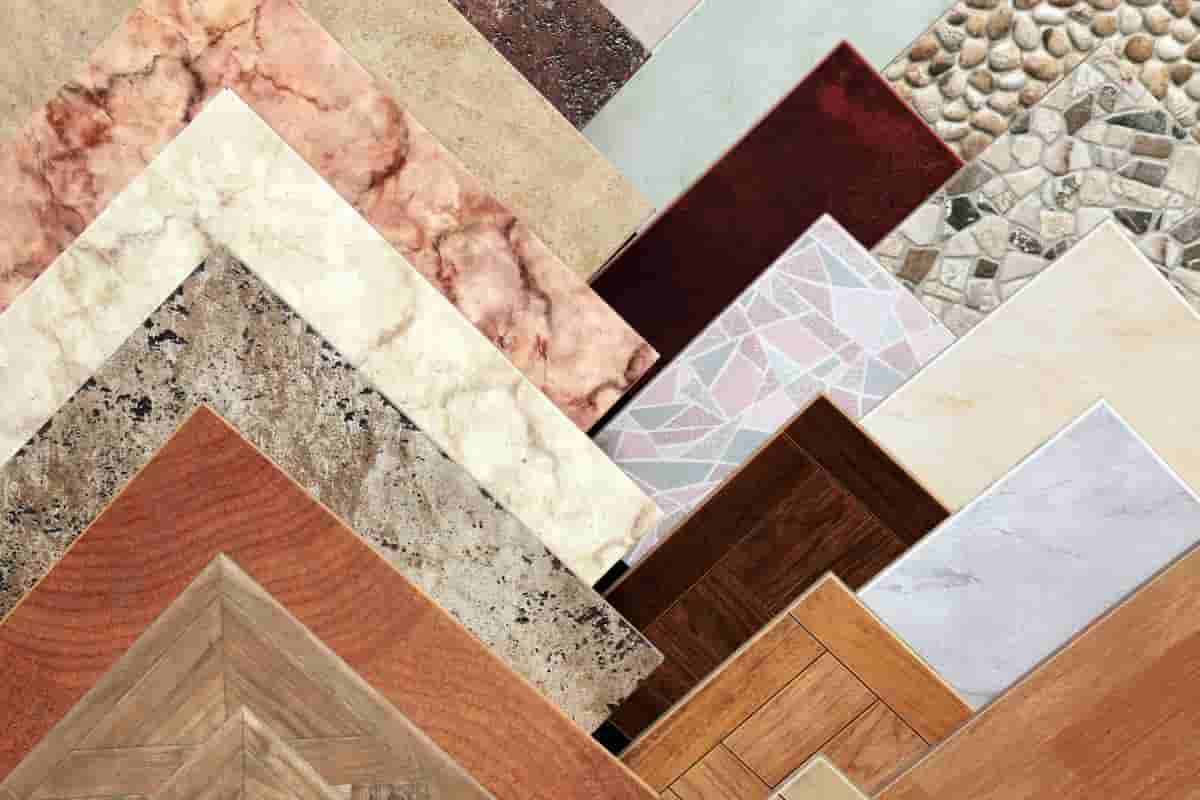
indian ceramic tiles association
Glazed ceramic tiles have an additional protective coating on top of them, which prevents water stains from damaging the tiles and causing other damage. Because they are non-porous, they are an excellent choice for locations that are subject to high levels of humidity. Ceramic tiles are the greatest material to use in areas that are susceptible to moisture and frequent spills, such as kitchens, bathrooms, corridors, and other similar areas. Ceramic tiling, whether it be for the floor or the walls, is extremely long-lasting. Because they are difficult to crack or chip and were put correctly, your ceramic floors have the potential to last for decades with very little maintenance. In the unfortunate case that just one ceramic tile were to crack or chip, it would not have much of an effect because you would be able to just replace the one broken tile rather than having to worry about reconstructing the entire floor. Ceramic tiles are easy to maintain in terms of cleanliness. Due to the fact that tiles are non-porous, dirt, dust, and other liquids will just sit on top of the surface rather than seeping through the material. Utilizing a rag or a mop to remove it is a simple and effective method. It is not necessary to do much more than periodically sweep or vacuum your floors with soft brushes if you want to keep them free of dirt and other debris.  If, on the other hand, your tiles have stains that will never come out because they were created by damage, you can swiftly eliminate the spots using any strong cleanser. There is no reason to be concerned about the texture or surface of the tile being impacted by the cleaner in any way.
If, on the other hand, your tiles have stains that will never come out because they were created by damage, you can swiftly eliminate the spots using any strong cleanser. There is no reason to be concerned about the texture or surface of the tile being impacted by the cleaner in any way.


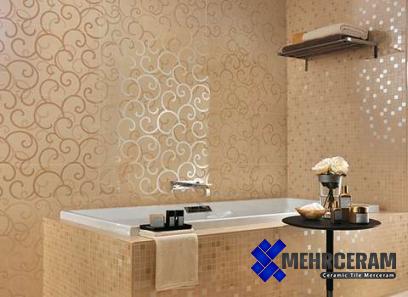
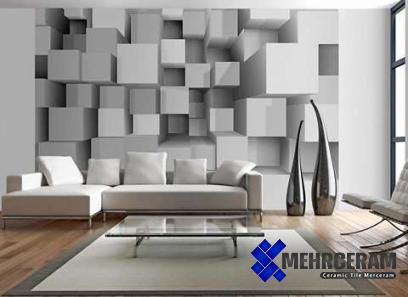

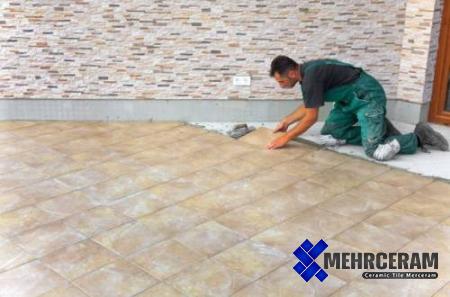

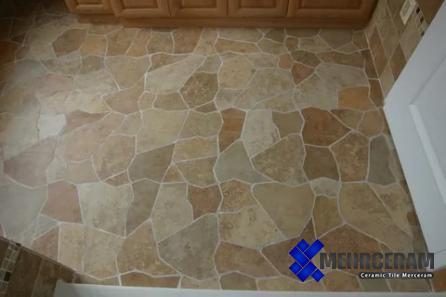

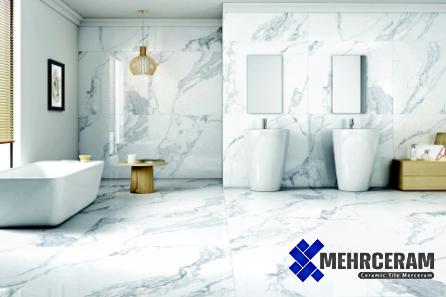
Your comment submitted.